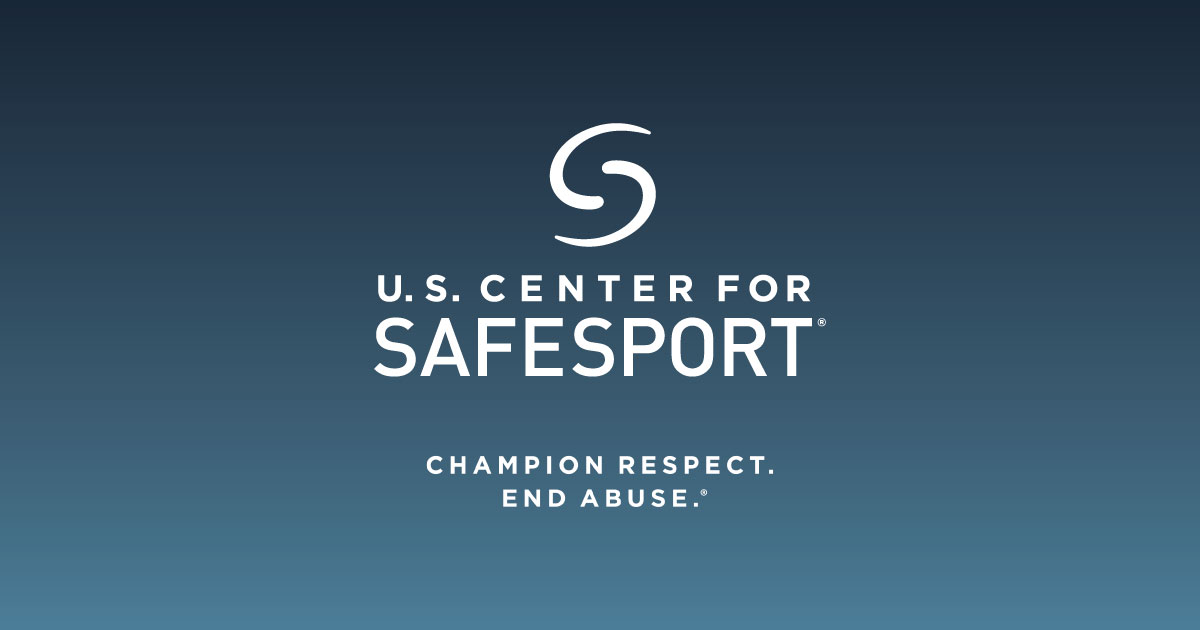
Awareness and prevention go hand in hand. We must increase our understanding of the types of abuse and misconduct that could occur in athletic spaces and increase our awareness of where they occur. Then, we can enact various prevention strategies to safeguard athletes and sporting spaces.
Conducting a risk assessment helps us consider and reflect upon the nuances and spaces (online and physical) of our organizational structures and programming from a safeguarding perspective. In assessing risk, we can better evaluate potential danger zones versus areas that promote safe and healthy interactions. We can then use these assessments to take steps to tangibly minimize risks to athletes and participants of all ages and roles.
The assessments shed light on what resources need to be scaffolded, the realms of support that may be missing, and the safeguards that can be put in place to decrease potential risks. This aspect of prevention is called situational crime prevention. Research shows that such situational interventions can significantly reduce the frequency of perpetration and victimization.
Risk assessments can be carried out in various ways, but a visual Risk Assessment Map can be most beneficial with athletic spaces. The Risk Assessment Map can be created at little or no cost and in a very short time. It can be conducted by any organization or staff member, large or small, but it brings the most insight when input is gathered from all participants.
Most importantly, the Risk Assessment Map reveals information in a 3D manner, giving immediate feedback on where improvements can be made to create safer and healthier environments for all.
Try it with us!
Grab a pen and pencil, or if you have some highlighters, that's great, too, as well as a piece of paper. We will draw, and don’t worry; it does not have to be pretty or perfect.
Sketch a picture of your facility or organization, like the example provided. As you can see, we are not artists or architects, but you get the picture. The example is an outline of a gym facility. Your facility may be a dance studio, a barn, a hotel, a ski mountain, a soccer complex, etc.

Next, start to see your physical locations in terms of risk. Think, as a child, athlete, or participant experiencing your programming, where might they feel safe or unsafe? Mark those accordingly. Color in red or put Xs in more risky danger zones or where abuse is more likely to occur.
In this example, the offices, locker rooms, and parking lots have been marked as risky with Xs. This is because these areas have a higher prevalence of unobservable or interruptible interactions, i.e., behind closed doors or in more secluded areas.
In learning from this risk map, if this were your organization, you could have a policy that states all staff will have 1:1 conversations with athletes and children in the corner of the lobby or on the gym bleachers rather than in their office. That way, people can still have some privacy or private conversations, but in non-secluded areas.
It’s not about eliminating 1:1 connection.
It’s about knowing how to safeguard these areas and interactions, which is essential to creating the standards and expectations that make interactions observable and interruptible.
Other potentially risky areas include locations like the team van, a dugout, a back hallway, a storage closet, a chair lift, and a barn stall. It is important to remember that abuse can happen in plain sight, too, such as touch being normalized and disguised, and that these main areas may be susceptible to abuse as well. This mapping exercise can help pinpoint those risks. This exercise is used to help identify parallels and places that may need extra safeguarding and support.
You can then create some safeguards to address the identified high-risk areas. Examples include putting up cameras around all courts and fields, a rule for athletes to walk in groups, and increasing the number of chaperones during team travel.
The same tool can also be used to analyze online spaces. For example, a group text thread would be less risky. A private message or DM on Instagram would be high risk! Therefore, organizations, staff, coaches, parents, and athletes could agree to communicate on chains with at least 3 people to mitigate risk, keeping conversations transparent.
This visual Risk Assessment Map should be done regularly, repeatedly, and zoomed in and out. This exercise is great to have athletes, parents, coaches, and staff weigh in from their perspective and have them ID places or people that may be of concern. This can be done electronically, anonymously, or on the fly!
Reflect upon your Risk Assessment Maps and reform your safeguarding practices, policies, and procedures consistently to match the accurate needs of your community. Start seeing your space differently through a safeguarding lens. When we create safe and healthy environments, we support our athletes and protect our sports.
For more ideas, assistance with this exercise, or more information, contact us at info@weridetogether.today. For more information, check out our blog and visit our resources and crisis resources pages.
Kathryn McClain, MSW, MBA
Program and Partnerships Director at #WeRideTogether


-min.jpg)

